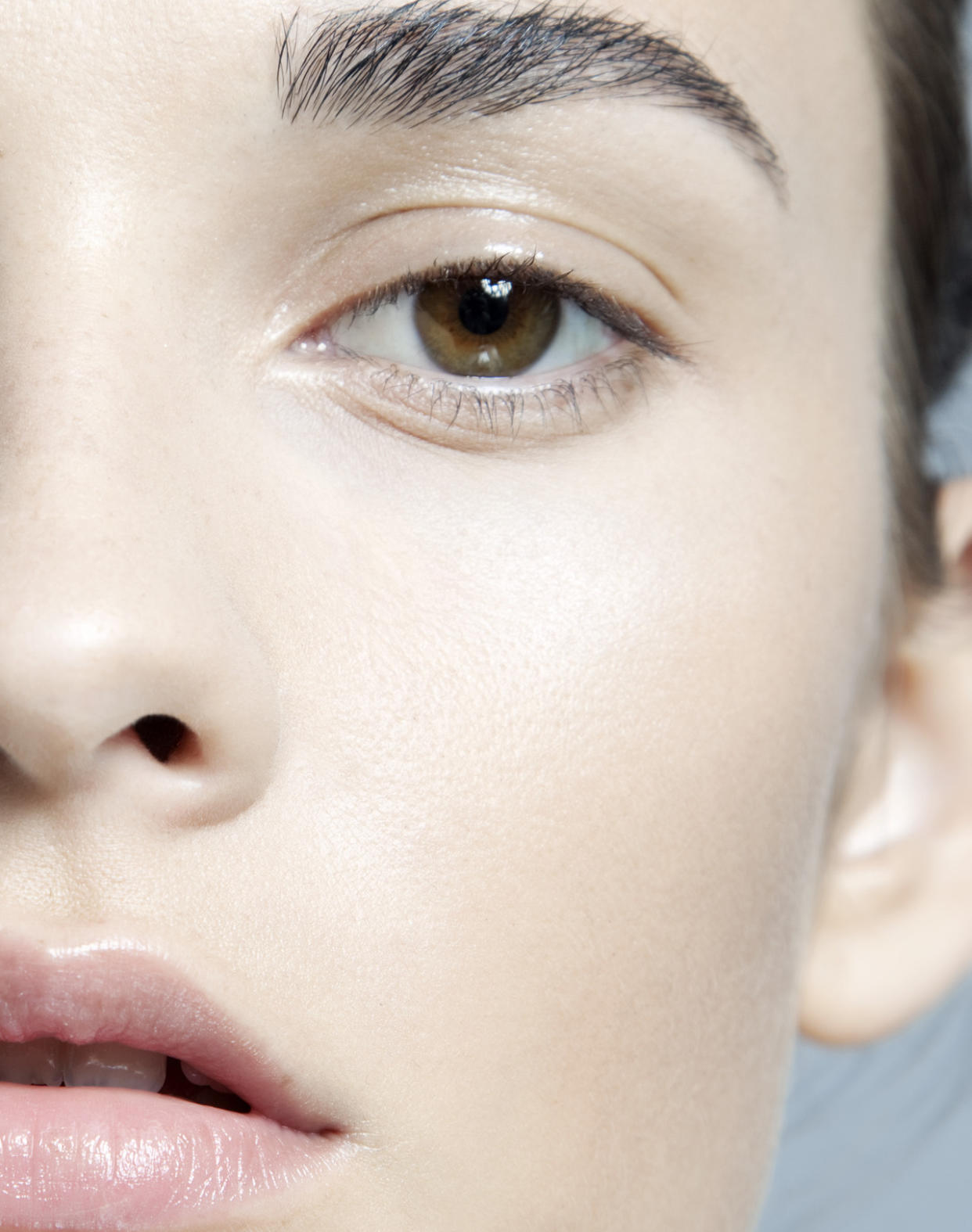Can Your Skin Build Resistance to Products?

Does your skin really build a resistance to products over time? (Photo: Trunk Archive/Sabin Villiard)
That feeling of discovering a new skin care product that’s so complexion brightening, it’s become “the one?” Blissful. So when we look in the mirror a few months and half-a-jar later, and notice that those once glow-inducing results have faded, it’s easy to think that our skin has acclimated and somehow, caught on to its tricks. But can this luster lost really be attributed to a numbing adaptability, like a distracted lover emerging from the honeymoon phase?
According to Dr. Melanie Palm, a San Diego area dermatologist and dermatologic cosmetic surgeon, “there’s no such thing as developing resistance to ingredients in skin care.” Often, it’s our perception of skin that becomes foggy, not a product’s power to deliver.
Palm explains that many times, people quickly adapt to a new state of normal — an effect that can bury a product’s benefits. So if a benzoyl peroxide-equipped cleanser has helped clear skin of occasional zits — and continues to do so — we often forget that we had those blemishes in the first place. This is such a common phenomena that dermatologists like Palm are careful to snap images before and after treatments are performed, in order to create record of exactly what’s improved in a patient’s skin.
While our perception can play tricks on us, not all waning skin care results are psychological. Other times, our skin is telling our once-trusted products, “I’ve outgrown you.” “Many times, it’s a factor of your genetics, the passage of time and the environment,” Palm says, noting that our skin’s needs can change with the seasons, hormonal influences and aging — things that introduce phases of acne, dry skin, rosacea and other conditions.
And these changes are normal, notes Dr. Gary Goldenberg, a dermatologist and Assistant Clinical Professor of Dermatology at Icahn School of Medicine at Mount Sinai. “Patients often say, ‘but I’ve been using this product for years, why is it causing a problem now?’ Our skin will change over time and we need to change the way we care for it also,” he notes.
The best way to ensure we’re keeping up with our skin’s ever-evolving needs? Palm and Goldenberg offer ways to anticipate change — and shift our skin care, below.
Follow the weather
Seasonal changes can cause skin to become more dry or oily — an effect that can become impacted with last season’s skincare. A moisturizing gel that may have done a bang-up job of plumping and hydrating the skin in humidity may leave skin feeling dry and tight come fall. Try switching to a rich hydrating cream or adding a serum with hyaluronic acid to help keep skin quenched as temps drop. Similarly, summer’s foaming cleansers should generally be swapped for creamy and gentle formulations in the fall and winter.
Up cycle
For women of childbearing years, re-occurring zits come as surely as the monthly Netflix bill. But as we begin to lose estrogen in later stages of life, skin starts to dry, notes Palm. This oily-to-dry flip can require a treatment overhaul, as glycolic and salicylic acid-based formulations, once stellar at tackling blemishes, only exacerbate dryer skin. If life hands you less estrogen, feed your skin ceramides and other hydrators, Palm suggests.
Join the New Age
That wonder serum you’ve been using for decades? You’ve likely aged out of it and could use something that addresses your skin’s new structure. “Collagen becomes more thin as our skin matures,” notes Palm, adding that collagen-stimulating retinol and peptides typically become more appropriate as the birthday candles crowd the cake. Finally, for a surefire way to fight back when skin tells a regimen “I’m just not that into you,” turn treatments over to a MD. As Goldenberg notes, “cosmetic treatments such as Botox and Fraxel, may be helpful to prevent or correct wrinkles and lines.”
Related:

